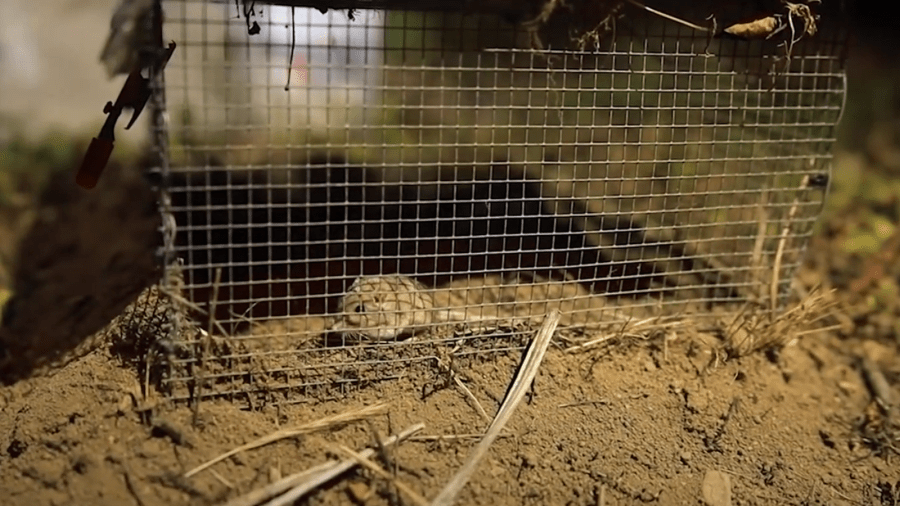A group of endangered mice was reintroduced to its natural habitat outside active training areas at Camp Pendleton last week.
The San Diego Zoo Wildlife Alliance has facilitated the reintroduction of the Pacific pocket mouse since they were rediscovered at the Dana Point Headlands in 1993.
The mice were thought to have been extinct for two decades before being found in the early 90s.
According to zoo officials, the species’ habitat once stretched from Los Angeles to the Tijuana River Valley, but human encroachment and habitat degradation since 1932 has led to the sharp decline in their population; the U.S. Fish and Wildlife Service listed the mouse as endangered in 1994.
Pacific pocket mice typically inhabit coastal scrublands, dunes and riverbanks within a two-and-a-half-mile radius of the ocean but were reduced to isolated populations separated by urban areas and long distances.
To prevent their complete extinction, the San Diego Zoo Wildlife Alliance, in partnership with the California Department of Wildlife Services and the U.S. Fish and Wildlife Service, initiated a conservation breeding and reintroduction program in 2012. New populations were introduced in the Laguna Coast Wilderness Park in 2016, and they began breeding independently in 2017.

“It is really exciting the initiation of a new population of Pacific pocket mice at Marine Corps Base Camp Pendleton,” said Dr. Debra Shier, Brown Endowed Associate Director of Recovery Ecology at San Diego Zoo Wildlife Alliance. “This is the second reintroduced population, which brings us a step toward recovery of the species.”
Despite only weighing as much as three pennies, the Pacific pocket mouse plays a “vital ecological role” by dispersing native plant seeds and promoting plant growth through their digging activities, zoo officials said.
Video released by the Defense Visual Information Distribution Service (DVIDS) shows experts gently placing the mice into the grasslands.
Camp Pendleton actively manages 26 federally listed threatened and endangered species alongside its training activities, the zoo wildlife alliance said, making the base both “a training ground and a sanctuary.”
Footage of wildlife experts releasing the mice can be viewed in the video player above.





















